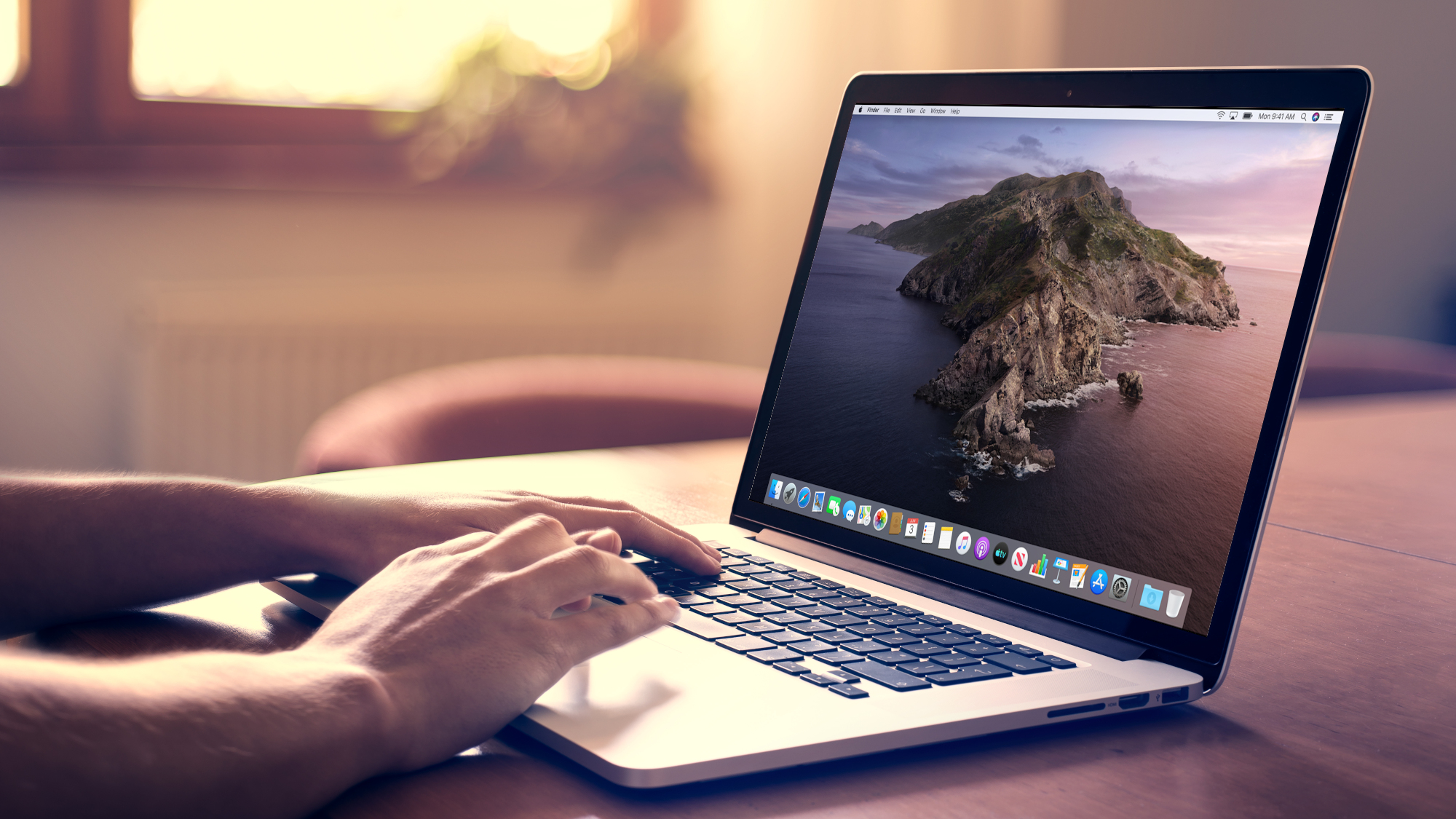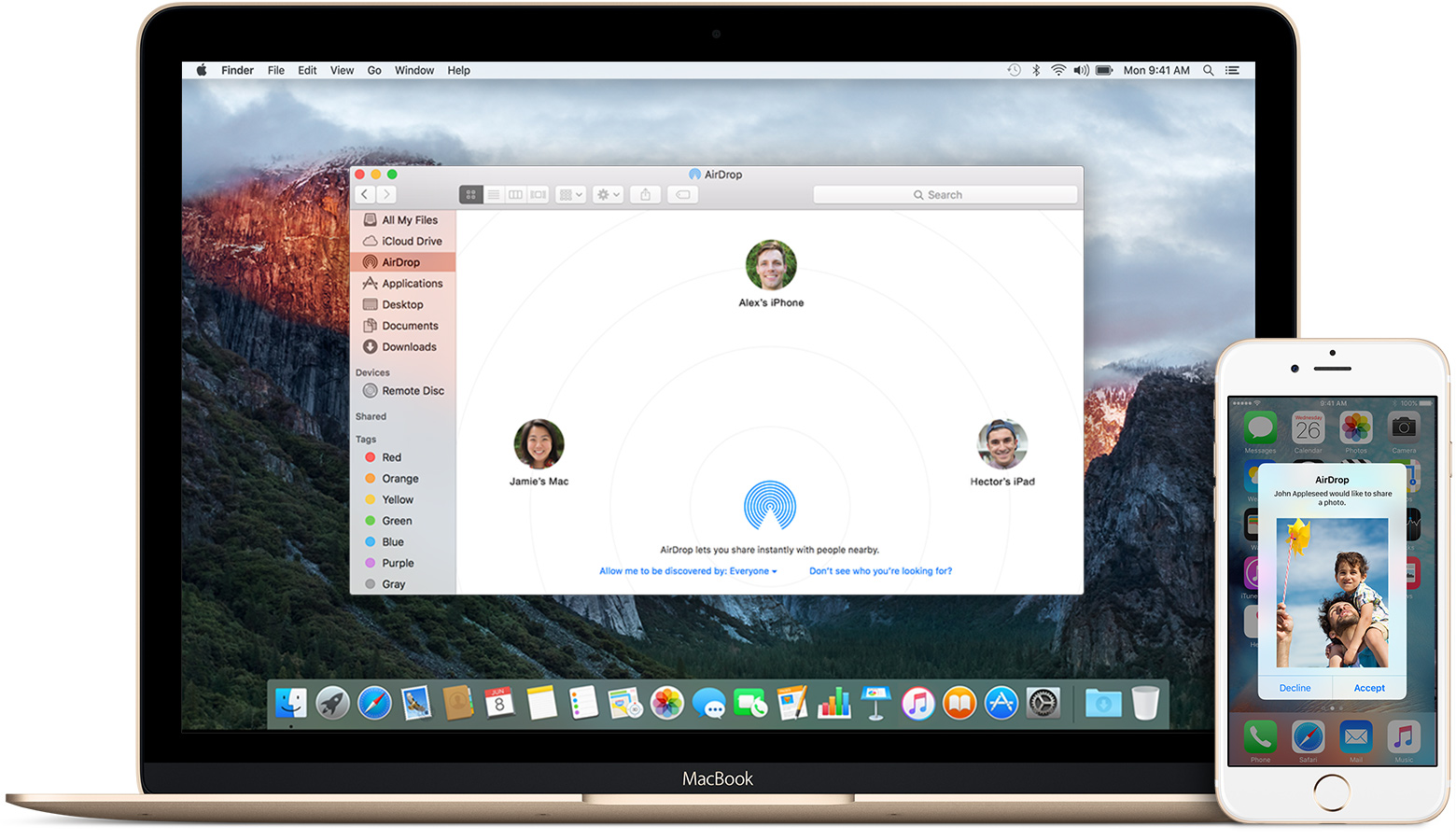

On the Tom's Guide battery test (web browsing at 150 nits), the new MacBook Air lasted an epic 14 hours and 41 minutes (while the new MacBook Pro hit 16:32) - times that beat both the ZenBook 13 (13:47) and XPS 13 (11:07). On the Tom's Guide web browsing battery test, the new MacBook Air lasted an epic 14 hours and 41 minutes.Īpple declared its M1 chip would enable all-day battery life, and the company has hit that mark. Interestingly, the GFXBench Metal Aztec Ruins graphics benchmark (Universal) gave the Air and Pro practically similar scores: a 54 on High and 60 on Normal (both rounded down). The ZenBook 13 and XPS 13 (which could run that game at a slightly sharper 1080p) posted rates of 21 and 16 fps, respectively. When we benchmarked Sid Meier's Civilization VI: Gathering Storm (Intel) on the MacBook Air (where 1440 x 900 was the highest resolution supported), it ran at 37 frames per second, walloping the 7 fps score we got from the Intel MacBook Air and coming in slightly under the M1 MacBook Pro's 38 fps time. I started it off easy, running Bioshock 2 Remastered (at the native 2560 x 1600 resolution) and that game played smoothly, as rippling water flowed through the rooms I navigated, electro shocks hit enemies and all the underwater life outside the hallways I explored moved without a glitch.
#Nit macbook pro late 2013 screen specs mac#
Our test MacBook Air has the 8-core GPU configuration, which (by the feel of it) could reshape the Mac in the minds of some gamers. The MacBook Pro came pretty close, with a 649. The MacBook Air scored a 653 on the PugetBench Photoshop (Intel) test, which beats the 588 from the XPS 13, but falls to the 743 from the ZenBook 13 (a rare win for the x86 crowd). The 1TB SSD in the MacBook Air we tested hit a read speed of 2692 MBps on the Black Magic Disk Speed Test (Intel), literally more than twice the 1,301.9 MBps read rate from the Intel MacBook Air. Those times obliterate those from the ZenBook 13 (17:51) and XPS 13 (18:22), as well as the 27:10 time from the Intel MacBook Air from earlier this year.Īpple also promised twice as fast storage speeds, and they delivered. On our Handbrake (Universal) video conversion test, which transcodes a 4K video to 1080p, the MacBook Air finished the test in 9 minutes and 15 seconds and the MacBook Pro took 7:44 (on a Beta version of Handbrake that's optimized for Apple silicon). The old Intel MacBook Air Y-series Intel CPU mustered only 2,738.

The Air soundly beat the 5,084 from the ZenBook 13 and the 5,319 from the XPS 13 (both tested with the Intel Core i7-1165G7 CPU and 16GB of RAM), on the comparable Geekbench 5.2 test. The Air scored 5,962 on the Geekbench 5.1 (Intel) multicore test, which was practically in a dead-heat with the 5,925 from the M1 MacBook Pro. This MacBook Air? It feels like a Pro.Īnd let's see how that shakes out in benchmarks - and I'll note that not all of our tests were done with Universal versions of apps, and Intel versions aren't optimized for the M1.

Before this, I was a bit skeptical, even with Apple's boasts of 3.5x improved performance vs the Intel MacBook Air released earlier this year, because I've always pushed my MacBooks to the limit, and needed a MacBook Pro, and not an Air, to do my work. This includes when I connected an external monitor. Most of the time, the MacBook Air with M1 felt - performance-wise - like it was identical (if not faster) than the 2020 Core i5 MacBook Pro I've used to test Big Sur, or the 2017 Core i7 MacBook Pro work computer I relied upon.


 0 kommentar(er)
0 kommentar(er)
